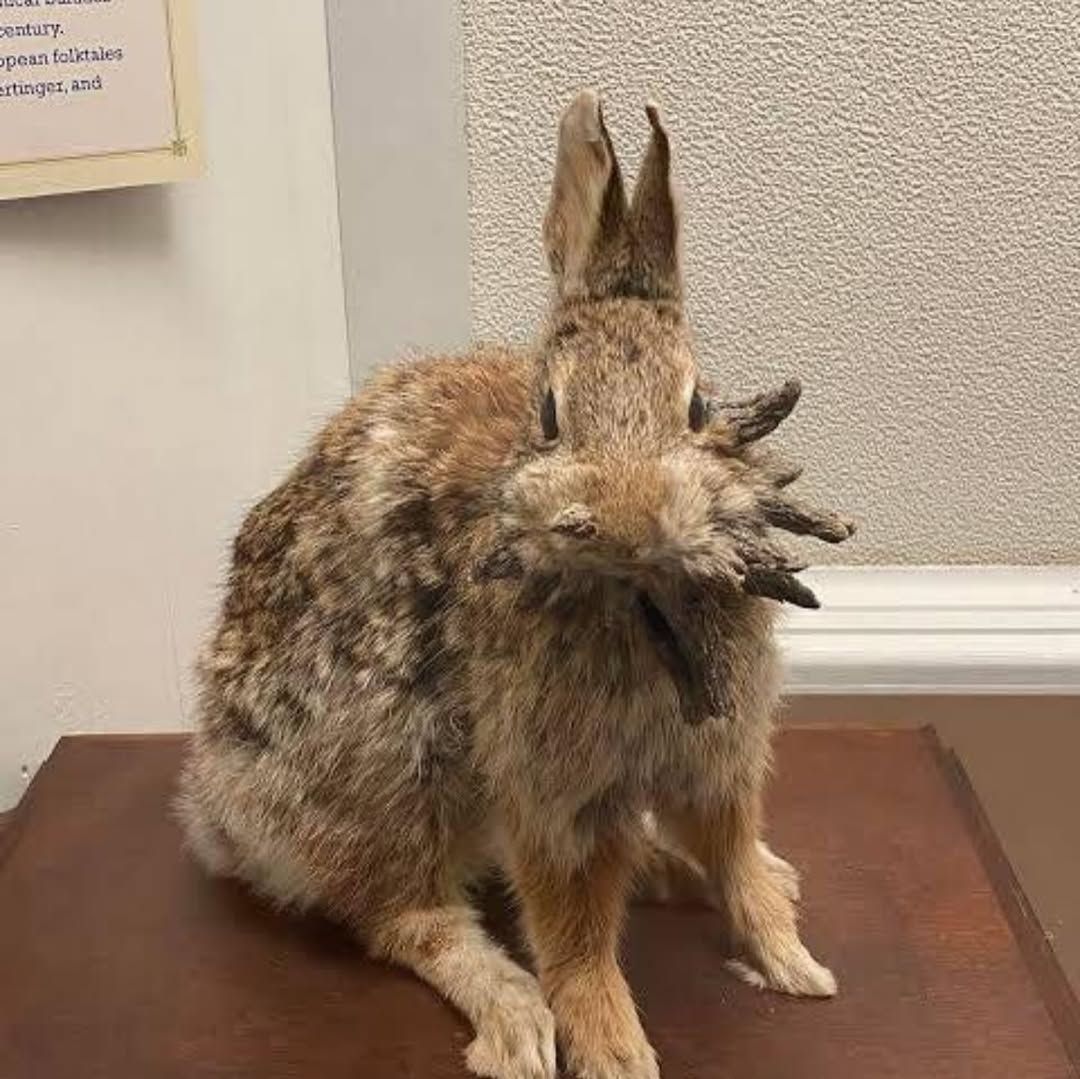Have you ever been astounded by the utter inventiveness of prehistoric survival strategies? Well, get ready to be amazed again as we delve into a story that unites human ingenuity with the natural world, shown by the astute use of baboons to locate essential water sources in the desert. This story offers important lessons about survival, adaptation, and the complex dance of nature’s ecosystems, while also showcasing the amazing link between man and beast and demonstrating human resourcefulness.
In the middle of the dangerous Kalahari desert, where water is more valuable than gold, a moment that might be the epitome of survival ingenuity takes place. The fascinating nature documentary “Animals are Beautiful People” by Jamie Uys tells the story of a bushman’s shrewd strategy for obtaining water, the most important resource for survival. Since its debut, the documentary has had a significant impact. It shows how the Bushman, facing the harsh and vast desert, uses the local wildlife—more especially, a baboon—to discover the hidden sites of water supplies.
Known for their hidden water reserves, baboons serve as the unwitting guides in this survival tale. In order to pique a baboon’s interest, a deep hole is made in an old tree trunk and filled with watermelon seeds. This technique is both straightforward and efficient. The baboon is caught as it reaches in to pick up a clutch of seeds because it cannot escape via the small entrance with its closed fist. Then the Bushman intervenes, catching the baboon for mutual gain rather than injury.
The baboon’s instincts will be used in the following stage. By giving it salt, which is hard to come by in the desert, the Bushman makes the animal extremely thirsty. The Bushman uses the once imprisoned baboon as a guide to stay hydrated at dawn, guiding him to a secret cave that is filled with fresh water. In addition to demonstrating the Bushman’s survival instincts, this clever technique also draws attention to an intriguing facet of animal behavior and the possibility for symbiosis between people and nature.

It’s fascinating to note that the idea of boosting thirst by consuming salt has echoes in contemporary situations, such as the practice of providing complimentary salted peanuts at bars to promote beverage sales. This story serves as a reminder of the complex relationships that characterize the natural world and the basic instincts that drive a lot of human behavior.
The search for water in the desert is not where the narrative ends. It starts a larger discussion regarding the function of salt in our meals and how it affects our health, especially when it comes to blood pressure and hypertension. Maintaining our body’s sodium levels, a delicate balance that our kidneys regulate, depends on how much salt and water we consume. Consuming salt causes blood volume to rise and may result in high blood pressure, which can have serious health consequences.
In addition to providing entertainment, this story teaches readers about the physiological reactions that salt causes and the significance of eating a balanced diet. Additionally, it lays the groundwork for a more thorough examination of dietary strategies to treat hypertension, such the DASH diet, which are encouraging therapy and preventative options that will be covered in later sections.
There is more to the Bushman and Baboon story than just how they managed to survive in the hostile Kalahari desert. It is a striking example of how inventive humans can be, how animals may exhibit complicated behaviors, and how our world is defined by complex interdependencies. As we admire the Baboon Salt Trap’s ingenuity, we are reminded of the lessons it can teach us about our natural surroundings and how to deal with health and wellbeing issues. Such tales serve as threads in the vast fabric of life, tying us to the past, educating us about the present, and pointing us in the direction of a time when the wisdom of nature will still inspire and enlighten us.



